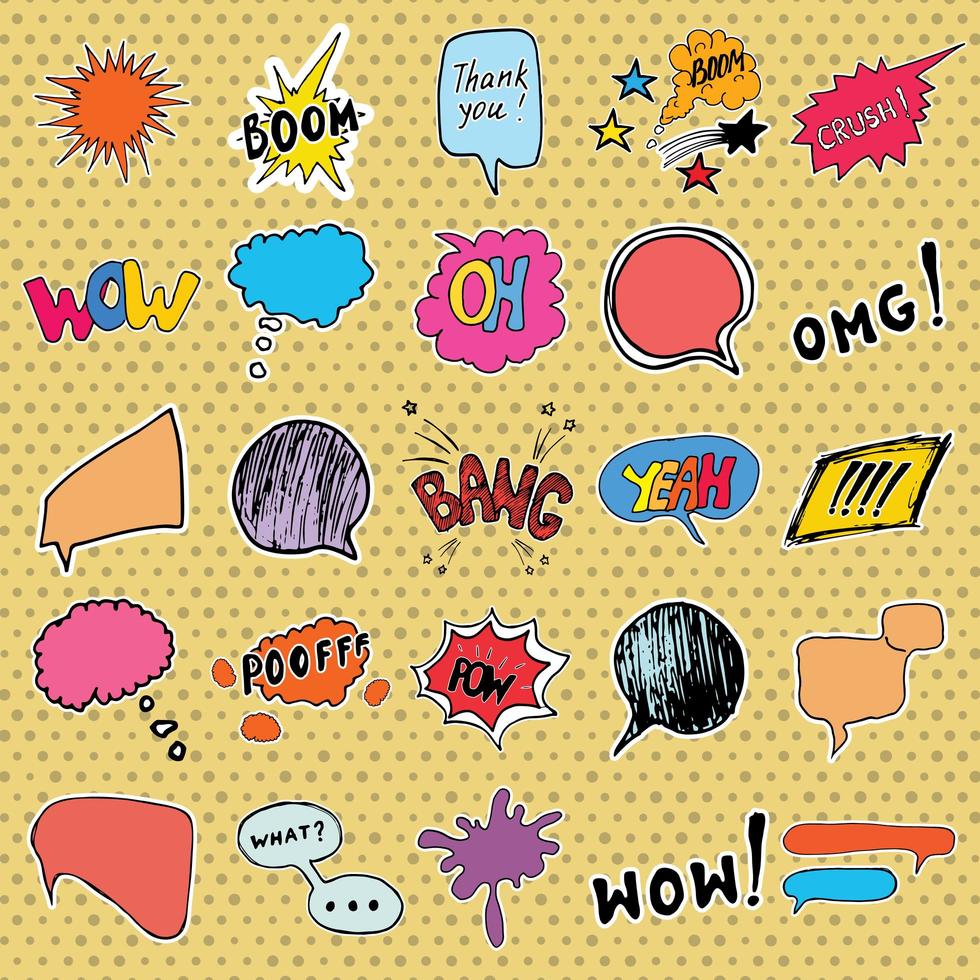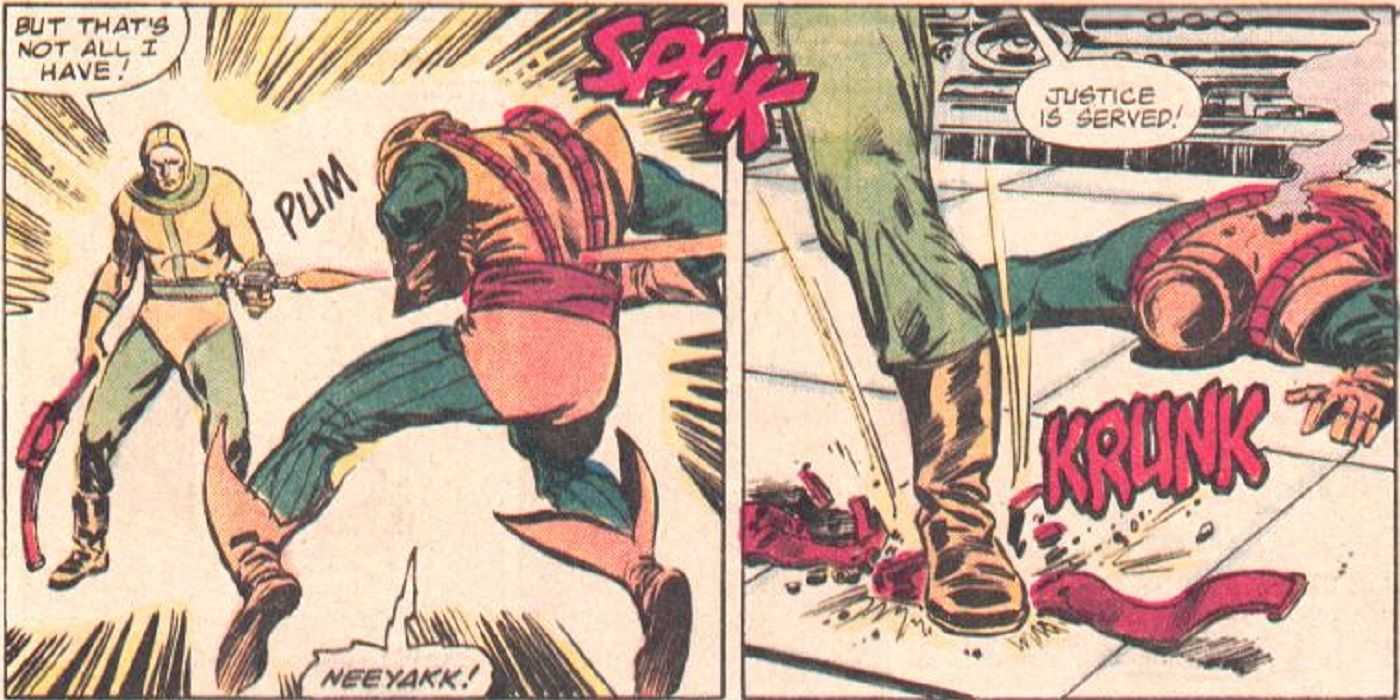

Other important storytelling information can only be communicated through sound. A sound might suggest degree or severity, for example, of an impact. Among the diversity of form and function, they can often clarify the events in a panel by enhancing an action that is hard to capture in a still image. YET.Īs Towle notes, sound effects are loaded with more information than just what a thing sounds like.

It hasn’t been standardized yet, you know? We all know Wolverine’s claws go “SNIKT” when they come out, but there isn’t such a long and proud tradition for squirrel chatter. I’ve settled on “chit chuk chitty” style noises for now since they read easily, but I could see going to more “chhhhhtkkt” in the future. The trick is you want something that reads as “squirrel noise” but that isn’t too long or distracting. I am trying to up my squirrel noises game. For Squirrel Girl I’ve watched a lot of squirrel videos on YouTube and tried to transcribe what noises they make, but I’m not sure I’m there yet. It’s similar to if you’re writing a character talking with their mouth full: the only way I know to transcribe that is to stuff my fist in my mouth and write down what sounds I make when I try to talk. The secret to this is having a room you can be alone in, trying to make the sounds yourself, and seeing what comes out.

He explains how he finds the right spelling for novel sounds like the “language” of squirrels: Ryan North, writer of The Unbeatable Squirrel Girl, among other things, considers a script incomplete without sound effects. Sometimes it’s an artistic decision to tweak an old sound word or imagine an entirely new one, and sometimes the familiar vocabulary of comics onomatopoeia doesn’t provide an obvious option.


 0 kommentar(er)
0 kommentar(er)
